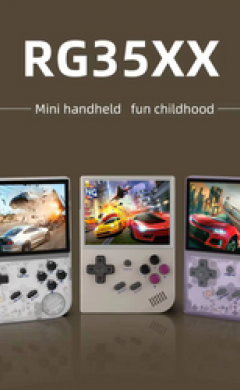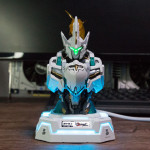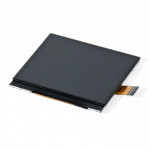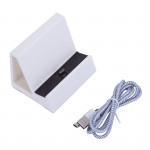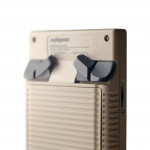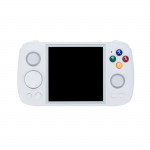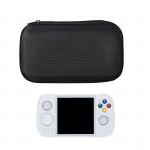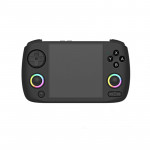The Best Way to Play Majora’s Mask
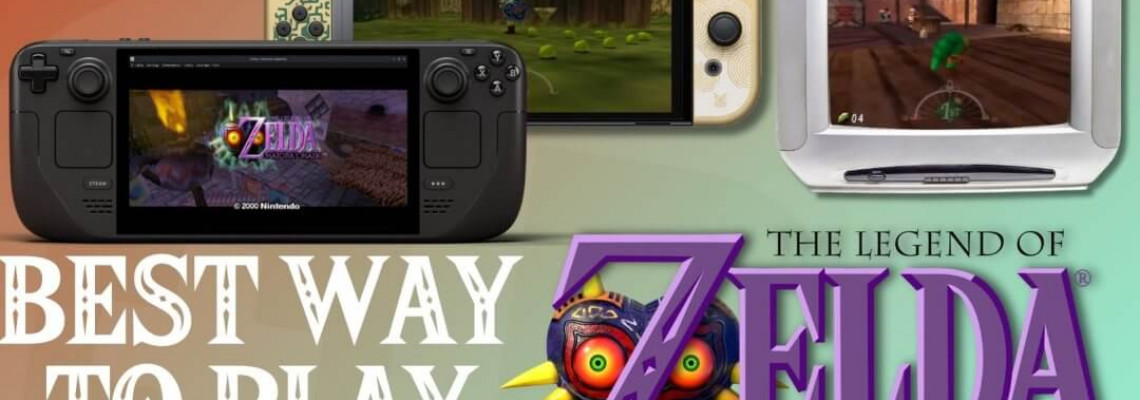
The Best Way to Play Majora’s Mask
Have you encountered a dreadful framebuffer emulator?
You have itching skin. An itch that feels, well, itchy. A yearning for your youth, or even a yearning for the bygone period of 2015. Playing through The Legend of Zelda: Majora's Mask AGAIN makes you want to scratch it. Because there are so many ways to play Majora's Mask, you, a sweaty retro gamer with extra cash, are faced with choice paralysis.
You can pull out your N64 and play on a sticky plastic console that smells like socks and has dried Coke from 2002. Or perhaps we can play your cartridge on Project 64 on a PC by "dumbing" it. What comes next? Use texture mods to make it better. Raise the resolution? What about the input lag or that framerate? Is it better to get a 3DS? I'm having a headache, so please stop.
Whether it's the controller, the emulation quality, the overwhelming number of methods to play it on home consoles, or that dumb 20 frames per second framerate, the N64 in 2024 is an aberration that cannot be objectively addressed. Here, we'll outline how you can appreciate this demographic work of early 2000s splendor. So sit back, open a Coke, avoid spilling, and continue reading.
1. The Nintendo 64 Console
Why not play it the old-fashioned way? You're lucky if you have a copy of your childhood game and a system to play it on. On its native console, the game will be played as intended in all its crusty, aliased, 20 frames per second, 240p splendor. You are ultimately responsible for the primary drawback of simply playing the original. Do you have functional tools? A pristine version of the game? Is the memory extension kit required? Is a television capable of handling the signal? Or even a CRT? An Adapter for RGB? There are numerous ways to improve the experience, and they are often costly. If you don't already have the console and original cartridge, leave them alone.
- Pros:
- Original or native experience
- Maximum Reminiscence
- On CRTs, low input lag
- HDMI attachments and modifications to play on contemporary TVs
- Cons:
- … Original experience (framerate, poor resolution)
- The total cost of the required hardware (console, cartridge, and RAM pack)
- The total cost of quality-enhancing accessories (controller mods, HDMI mods, and analog to HDMI adapters)
- Modern TVs' limitations
2. Official Emulation: GameCube, Wii, Wii U
Perhaps you, like me, thought the Great Bay stage was... weird when you first played Zelda in Super Smash Bros. Melee. Then, you may have found that you can play it on the same system as the Zelda Collector's Edition on GameCube. This was the first step in Nintendo's habit of repeatedly selling you the same ROM file with different levels of emulation quality.
I've purchased this game more than three times. –Me, fool
Majora's Mask is available for play on all Nintendo home consoles following the N64, each of which is sold differently and has been emulated. Rather than tediously explaining each version in paragraphs, here:
GameCube
Ocarina of Time, Majora's Mask, Zelda II, The Legend of Zelda, and The Wind Waker Demo are all included in the Collector's Edition of the game.
- Pros
- 2x resolution, 480p
- Reconfiguring control mapping intuitively
- Serviceable quality of emulation
- Comparable input lag to the original N64
- Dolphin Emulator compatible texture pack
- Cons:
- Problems with performance (15–20 fps)
- Frame buffer emulation that is inaccurate (inconsistent motion blur, post-processing)
- Expensive digital or analog video out
- The Collector's Edition is somewhat pricey, but I think it's worth it. Between $50 and USD 70
Wii
The Virtual Console
This part is typically difficult for emulated versions to emulate. This is a framebuffer effect as well.
- Pros
- 2x resolution, 480p
- Control mapping was intuitively changed (same as GC)
- Much higher-quality emulation
- Comparable input lag to the original N64
- One application
- Simple to incorporate into a modified Wii
- Low-cost Wii to HDMI
- Cons:
- Which Virtual Console?
- Video output in analog (default)
- 20 frames per second
- Wii exclusive controllers
Wii U
Virtual Console…
- Pros
- 2x resolution, 480p
- Control mapping was intuitively changed (same as GC/Wii)
- Serviceable quality of emulation
- One application
- Simple to install on a modified Wii U with a native HDMI port
- Cons:
- Which Virtual Console?
- Bad input lag
- Poor loading times?
- 20 frames per second
- For some reason, everything is filtered by darkness.
- Just don't waste your time on this one.
3. Official Emulation: Nintendo Switch
Few people are unaware of the suffering caused by Nintendo's murder of the Virtual Console and replacement with a membership service, as well as the company's utter arrogance in releasing ANOTHER home-cooked N64 emulator that makes you feel more heartburn than a Sriracha sundae. Although it has improved over time, it still contains many unfixed bugs that other emulators have been able to avoid for years. However, it has also rectified some of the most serious emulation crimes. Please, that will be $50 annually.
- Pros
- 3x resolution, 720p
- By default, the control scheme is retroarch-like.
- Very realistic frame buffer emulation with a serviceable emulation quality
- Reasonable input lag
- Alongside NSO
- The ease of use of a contemporary console
- Any USB controller can be used to play it.
- Cons:
- Noticeable audio latency
- There is still input latency.
- Overblown lighting and fog effects
- Controls cannot be changed smoothly.
- Behind a subscription lock
To Be Continued…
Since the issue of console emulation is so wide-ranging, part 2 would be more appropriate to thoroughly explore the legendary PC ports and the notorious 3DS remake. Are some or all of these versions in your possession? Are they good enough? It wouldn't bother me if even the Wii U version were my favorite of these versions, because I only like the GameCube version for nostalgic reasons. For some, it's just fine. In the comments, tell us if this made you cringe or if it was useful. Anyway, watch for part 2: The Legend of Zelda: Majora's Mask: The Real Best Ways to Play.
